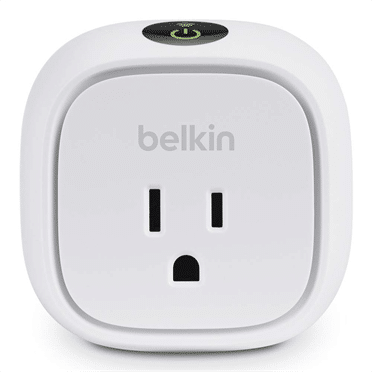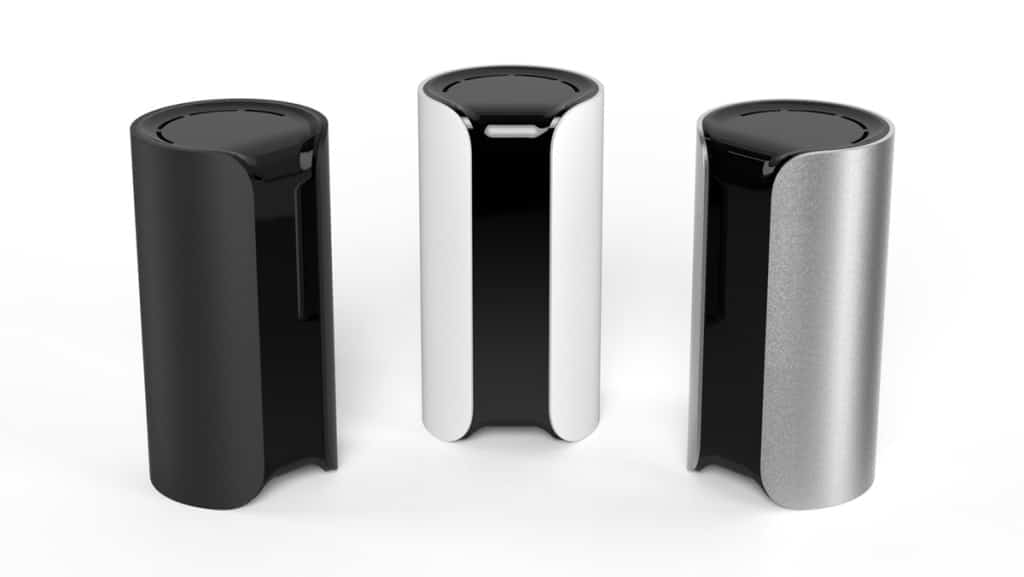The third annual DerbyCon wrapped up last week. Alas, I wasn’t able to make it down to Louisville, Kentucky and don a pork-pie hat with the smart people there. Still, there were some great presentations, and most of them are available online. One worth checking out if you’re into the Internet of Things hacking -thing is Daniel Buentello’s (@danielbuentell0) presentation of “Weaponizing Your Coffee Pot.” This is a repeat performance for Daniel, who also presented it at the ToorCon Conference in Seattle back in July. The first half of this talk is a high level overview of IoT and the security implications thereof. Mostly this is stuff you’ve read on this blog before. In the second half, Daniel goes down into the weeds on hacking a couple of classic IoT devices: Belkin’s WeMo IP enabled power outlet and Nest’s iconic thermostat. Without getting into all the details (its worth watching […]
Zigbee
ARM Buys Software Maker Sensinode To Spur IoT Development
We have noted before how the lack of cross-industry standards (including those governing security) is a major stumbling block to the Internet of Things. This is especially true in the enterprise space, where the security of data that might be passed between Internet-connected devices is paramount, but not well addressed by the current generation of (PC-centric) security products. As with so much in the fast-emerging Internet of Things, change on this score will come from unlikely places, as we see with the news today about ARM acquiring the Finnish software maker Sensinode Oy – a major player in the market for software to power connected devices. The news, which was announced on Tuesday, will join ARM – a leading maker of chips that power mobile devices – with Sensinode, which has pioneered software and software standards for low-power devices used in everything from mobile phones and tablets to wearable computing. Following […]
The Stylish Sensor: Canary Poised To Take Flight
We’re still in the early days of the fast-emerging Internet of Things, but we can already identify some areas where inexpensive, remote sensors and other IP-enabled stuff will be transformative. Entertainment is one – and we’re already seeing the emergence of “smart TVs” that upset traditional boundaries between personal computing devices and viewing devices. Another market that’s being shaken is the one for home security systems. Anyone who has visited an electronics store or discount warehouse has seen packages of inexpensive, wi-fi enabled cameras that can be used to monitor the goings-on in and about your home “Scarface style.” Those DIY systems pose a threat to firms like ADT, GE and Tyco, which have been selling home security systems and monitoring services for decades. But you’re really setting the “paranoia” bar pretty high if you want to ask someone to install all those cameras, wire them up and then monitor […]
Updated – Hackout: Philips Smart Lightbulbs Go Dark In Remote Attack
Add lightbulbs to the list of everyday technology that is 1) Internet connected and 2) vulnerable to crippling remote attacks.* Writing on Tuesday, security researcher Nitesh Dhanjani disclosed a proof of concept hack against HUE lightbulbs, a brand of wi-fi enabled bulbs manufactured by the firm Philips. The vulnerability discovered by Dhanjani allows a remote attacker to use her mobile device to control HUE. HUE wi-fi enabled bulbs are sold at Apple stores and allow users to control the function and color of the bulbs using iPhone and Android mobile apps. Dhanjani published his findings in a paper, “Hacking Lightbulbs,” which calls the HUE system of bulbs and a wireless bridge “wonderfully innovative,” but also prone to hacking. The most serious flaw discovered would allow a remote attacker to impersonate a white-listed (or “allowed”) mobile device, sending commands to HUE bulbs that could cause them to turn off or manipulate […]




